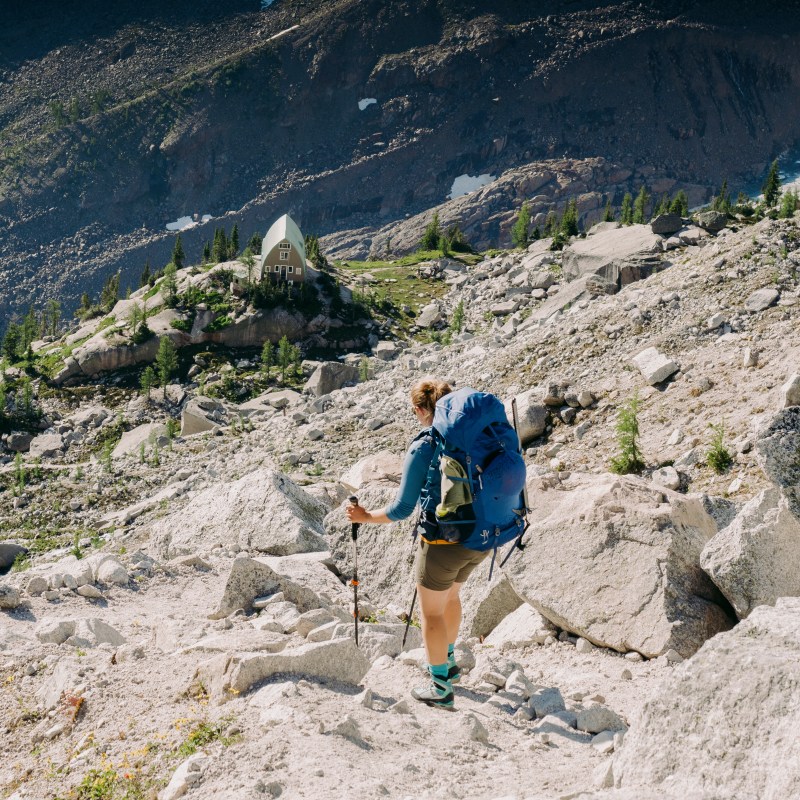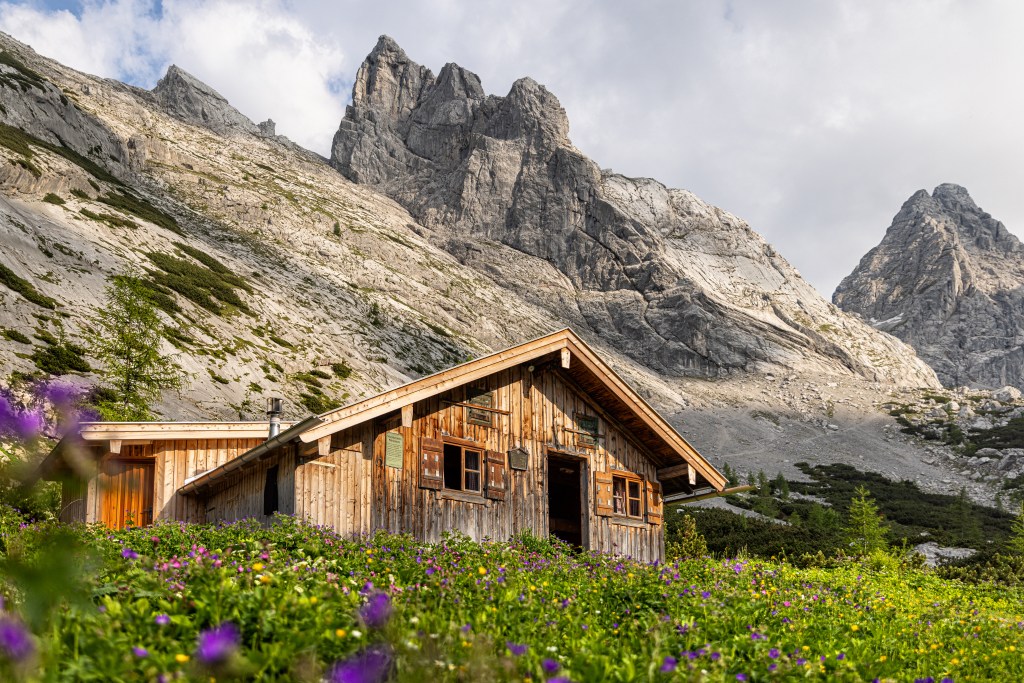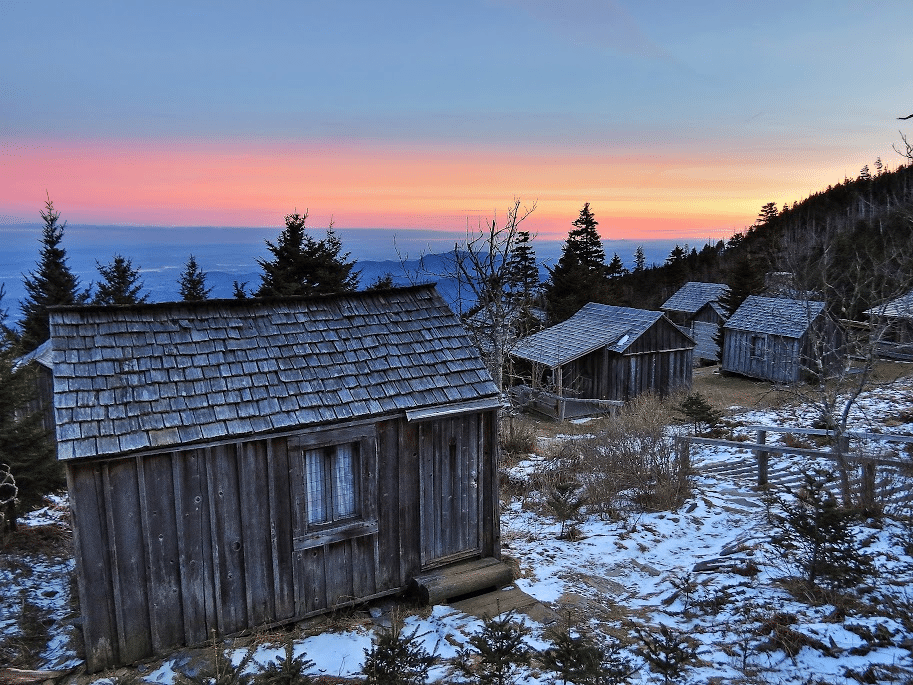
Imagine this: you’re hiking through the San Juan Mountains in the Rockies, and you see an empty cabin as the sun starts to set. Night is going to fall soon, and the cabin is empty, well-equipped, and unlocked.
Videos by TravelAwaits
In fact, it’s there for you to use.
While it might sound too good to be true—and even a bit reminiscent of those childhood fables like Hansel & Gretel—the reality is that these wilderness huts exist for hikers to use.
They’re remote, they’re often barebones, and they’re left unlocked on purpose.
If you’ve been following the Tiffany Slaton story, about a solo hiker who survived a grueling stint alone and injured in the Sierra Nevadas, you might recognize the idea. Slaton survived after finding a remote cabin, which had been unlocked specifically for emergencies like this.
Welcome to the world of wilderness huts, also called backcountry huts or backcountry shelters. They’re a well-known quantity to hikers who forge out into the US’s most remote areas—but to the rest of us humble travelers, they sound like the start of a horror film.
Here’s your crash course on free cabins for hiking.
United States wilderness huts date back to the Old World

When I first heard about wilderness huts, I was touched by how thoughtful the concept is. In my head, I even conflated their availability with American hospitality. You can say a lot of things, good and bad, about Americans, but we tend to be reliable hosts.
The idea of someone leaving their cabin unlocked for wayward hikers even sounds like a callback to the frontier days, when resources were fewer and Mother Nature was less manageable.
In reality, wilderness huts can be found around the world.
In this Instagram post from a hiker, you can see how the system works in Sweden. It’s common to find wilderness huts throughout Scandinavia, where hiking and cross-country skiing are popular year-round.
The same is true in the Alps; one famous wilderness hut near Zermatt, Switzerland, dates back to 1917, built strictly for emergencies for high-altitude hikers.
You can also find them in the United Kingdom, Australia, New Zealand, and Russia. In fact, some regions have their own special variation on the wilderness hut. In Germany, you might find biwakschachteln, a more impromptu variation. In Finland, there are even wilderness huts that are maintained by the state.
The US also has a few well-known chains where you can find remote, empty cabins along famous hiking routes.
Where can you find United States wilderness huts?

As mentioned above, the US is home to a few different hiking routes with reliable wilderness huts—and some are overseen by government authorities.
The best way to find wilderness cabin maps and routes is to search for them when you’ve identified your immediate hiking area and route. Most networks are short and localized.
For example, Haleakalā National Park in Hawaii has a few wilderness cabins that you can use during a multi-day hike. The National Park Service has plenty of information on the route, the cabins that are available, how to use them, and other relevant tips.
The Great Smoky Mountains National Park also runs LeConte Lodge, which is accessible only via hiking. However, the largest and most extensive wilderness hut system is located on the country-crossing Appalachian Trail.
The Appalachian Trail is a scenic route that weaves almost 2,200 miles from Springer Mountain in Georgia up to Mount Katahdin in Maine. This National Scenic Trail sees around three million hikers take on part of the route each year, and is overseen by various groups, from the National Park Service to the nonprofit Appalachian Trail Conservancy.
On more well-known hiking routes like this, you can expect to find multiple areas with wilderness huts. Once again, be very local if you’re searching for options. For example, in New Hampshire’s White Mountains region, there are eight wilderness huts overseen by the Appalachian Mountain Club (AMC).

